Various torch butane lighters fuel and starter mechanisms
Various Torch Butane Lighters Fuel and Starter Mechanisms
As a cigar lover, there’s nothing quite like the experience of lighting up a fine cigar — the aroma, the taste, the ritual of it all. But before savoring that first puff, I rely on my trusty torch butane lighter. It’s intriguing to dig deeper into how these lighters work, especially the fuels and starter mechanisms that bring them to life. Let me take you on a journey through the various components and functions of torch butane lighters. Whether you’re a newcomer or have been lighting up for years, there’s something here for everyone!
Butane Lighters Components
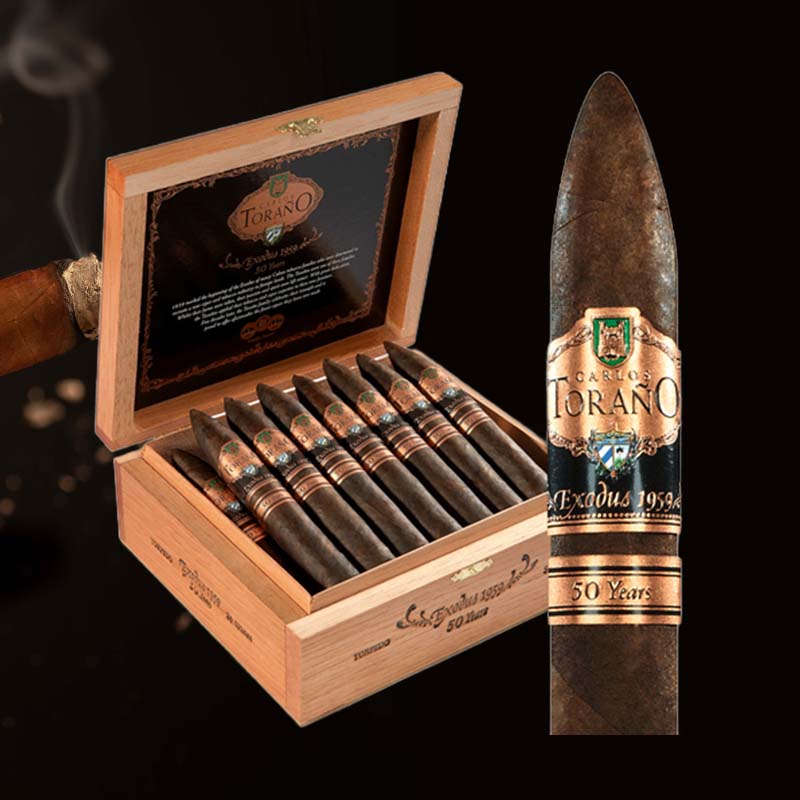
Fuel Tank
The heart of any torch lighter is its fuel tank. This chamber holds the butane gas that fuels the flame. I always make sure my tank is filled for those long evenings on the patio, sharing stories with friends or simply enjoying a quiet moment.
Flint Wheel or Piezoelectric Ignition System
There are two common ignition systems in use today: the flint wheel and the piezoelectric ignition. The flint wheel is an old-school, charming mechanism where a spark ignites the gas, while the piezoelectric ignition offers a quick and easy start with a simple push of a button. I personally prefer the piezoelectric for its convenience, especially when I’m outdoors and need to light quickly.
Nozzle
The nozzle controls the flow of butane to the flame, allowing for precision in lighting. I appreciate lighters with adjustable nozzles. They provide versatility based on the wind conditions, which can be crucial during an outdoor gathering.
Ignition Button Mechanism
The ignition button is what I press to unleash the flame. The ease of this mechanism determines how relaxed I feel when lighting up in various scenarios. A reliable ignition system is essential, ensuring I don’t struggle to ignite my favorite cigar.
How Butane Lighters Work

Butane Gas Combustion
When I ignite a butane lighter, the gas flows out of the tank and enters a combustion chamber, mixing with oxygen. This combustion produces a flame that can reach incredibly high temperatures, perfect for lighting cigars.
Spark Generation
Spark generation varies depending on the ignition mechanism. With flint wheel lighters, the metal wheel strikes against flint. On the other hand, piezoelectric systems create a spark using quartz crystals when pressure is applied.
Flame Production Process
The combination of ignited butane and oxygen produces a controlled flame. I enjoy the steady flames from high-quality lighters, as they ensure an even burn on my cigar, enhancing the entire experience.
Differences Between Flint and Electric Ignition
While both ignition types serve the same purpose, their reliability can differ. Flint can wear down, while electric igniters can fail due to moisture. I prefer electric igniters for their efficiency, especially when conditions are less than ideal.
Types of Butane Lighters
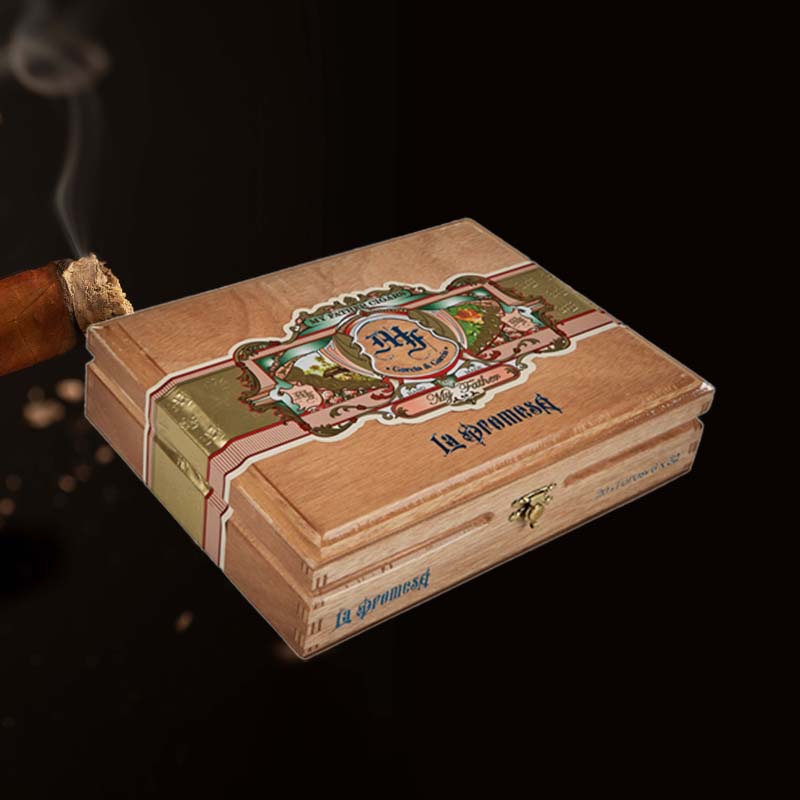
Single Jet
Single jet lighters are perfect for casual smoking sessions, providing a focused flame that’s easy to control.
Double Jet
With a double jet lighter, I enjoy a broader flame that heats more evenly, making it great for larger cigars or pipes.
Triple, Quadruple, Etc.
These lighters produce even more powerful flames, ideal for windy conditions. They’re particularly useful when I’m outdoors and need reliability.
Soft Flame Lighters
Soft flame lighters emit a gentler flame, making them suitable for delicate cigars that require lower heat.
Flat Flame Lighters
Flat flame lighters offer a unique flame shape. They have their place for specialty uses but aren’t my go-to for regular cigar lighting.
Electric Lighters
Electric lighters use a heating element that gets hot enough to ignite the butane. They’re stylish, rechargeable, and perfect for tech-savvy users like me.
Refilling and Butane Lighter Maintenance
Refilling the Fuel Tank
Refilling is simple — just purchase high-quality butane and follow the instructions. I always ensure I refill in a well-ventilated area to avoid any mishaps.
Cleaning the Nozzle
A clogged nozzle can ruin my lighting experience. I regularly clean the nozzle with a soft brush to maintain a clean flow.
Maintaining the Ignition System
Checking the ignition system periodically makes sure I’m always ready to light my cigars without fuss.
Troubleshooting Common Issues
Sometimes puffing life into my lighter isn’t as easy as pressing a button. Common issues include clogged nozzles or empty tanks, which require a quick fix before my next smoke.
Types of Torch Lighter Fuel
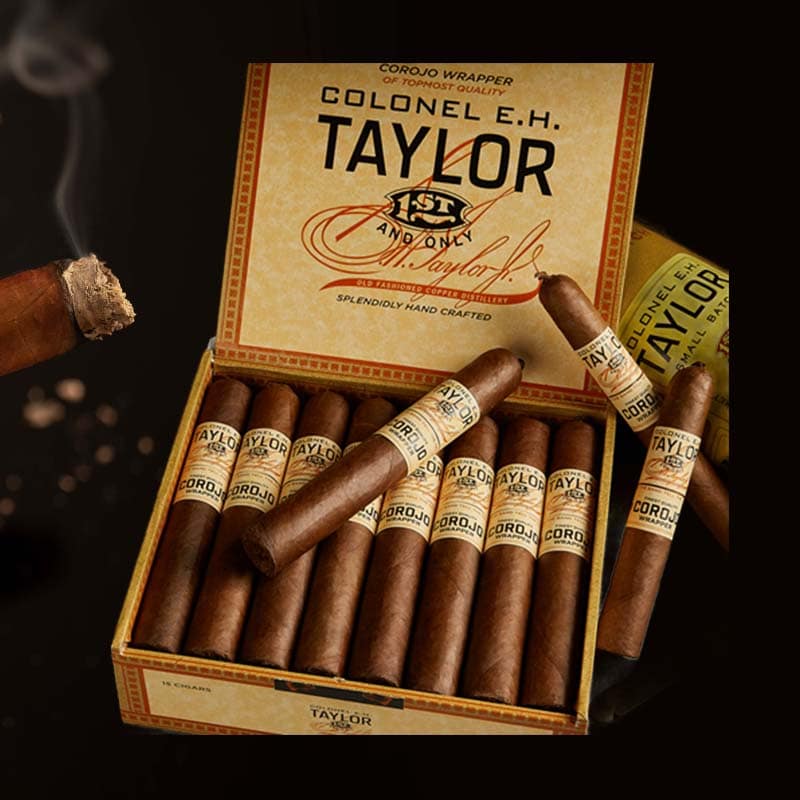
Butane Gas
Butane gas is my first choice. It burns cleanly and produces a consistent flame, perfect for lighting cigars without altering their flavors.
Lighter Fluid
Lighter fluid is less common with torch lighters but can be used in traditional models. I prefer butane for its easy availability and cleanliness.
Advantages of Using Butane Torch Lighters
Reliability and Ease of Use
Butane lighters are reliable; with just a press of a button, I’m ready to ignite. They fuel my enjoyment without the fuss.
Consistent Flame Production
I love how butane lighters provide a steady flame, which is especially important during those windy evenings when I crave a smoke.
Safety Tips for Handling Butane Lighters
Always handle butane lighters with care. Keeping them away from extreme heat or moisture has become second nature for me.
How to Properly Use a Torch Lighter
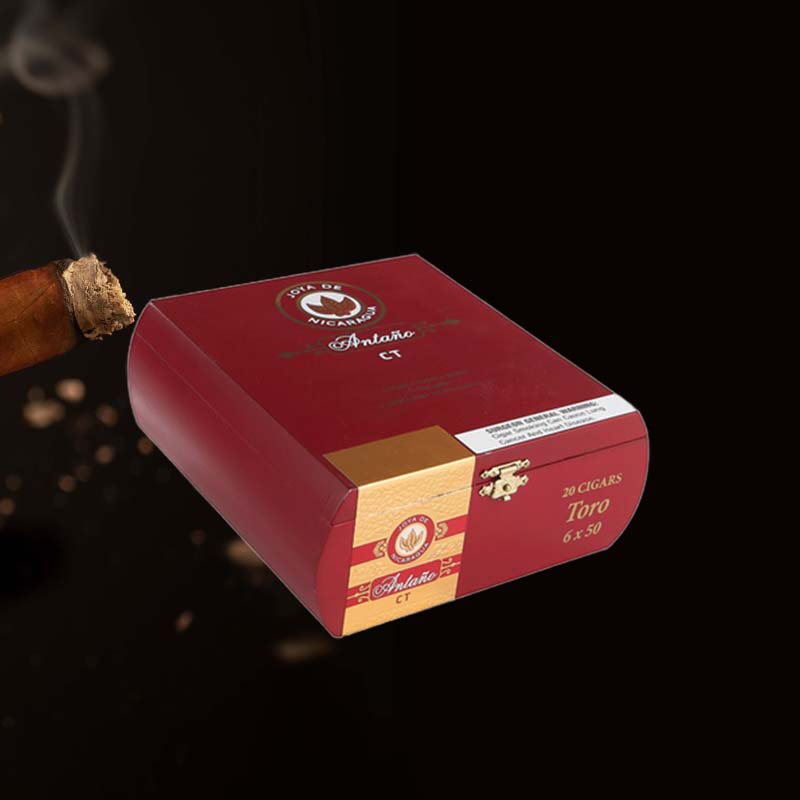
Proper Lighting Technique
When I light a cigar, I aim the flame at the foot while rotating it to ensure an even burn. It’s all part of my ritual.
Following Manufacturer Instructions
Each lighter comes with specific instructions. I always take a moment to read them to ensure I use my lighter safely and effectively.
Suggested Uses for Torch Lighters
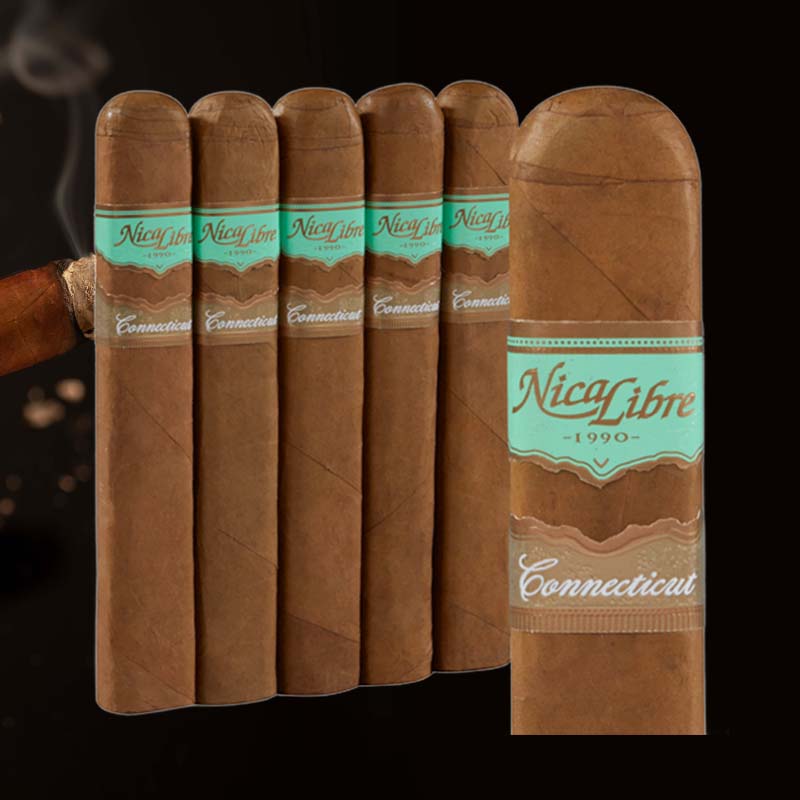
Cigar and Pipe Lighting
Torch lighters are perfect for lighting cigars. The intense flame sears the end of my cigar perfectly.
Outdoor and Emergency Use
Whether I’m hiking or camping, my torch lighter guarantees I can start a fire or light my cigar wherever I am.
Conclusion
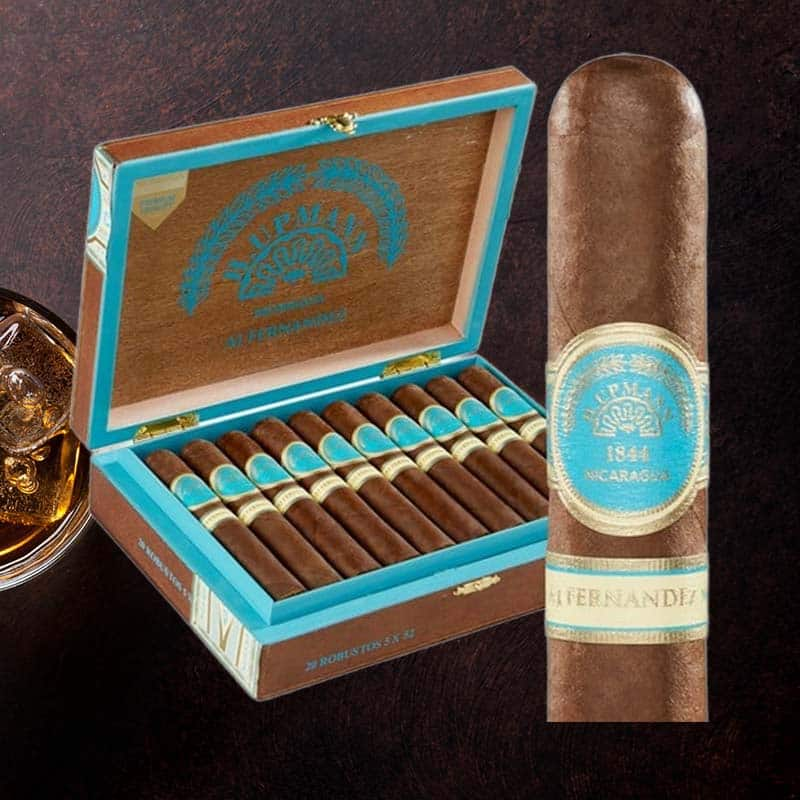
Understanding the various torch butane lighters, their components, and their fuel mechanisms enhances my overall smoking experience. The joy I find in lighting my cigars goes beyond simply producing a flame; it’s about the reliable, well-crafted tools that accompany me on this aromatic journey. From maintenance to proper use, I hope this exploration of torch lighters assists you in your own smoking adventure, ensuring every moment spent with a cigar is memorable.
FAQ
What is the mechanism of a torch lighter?
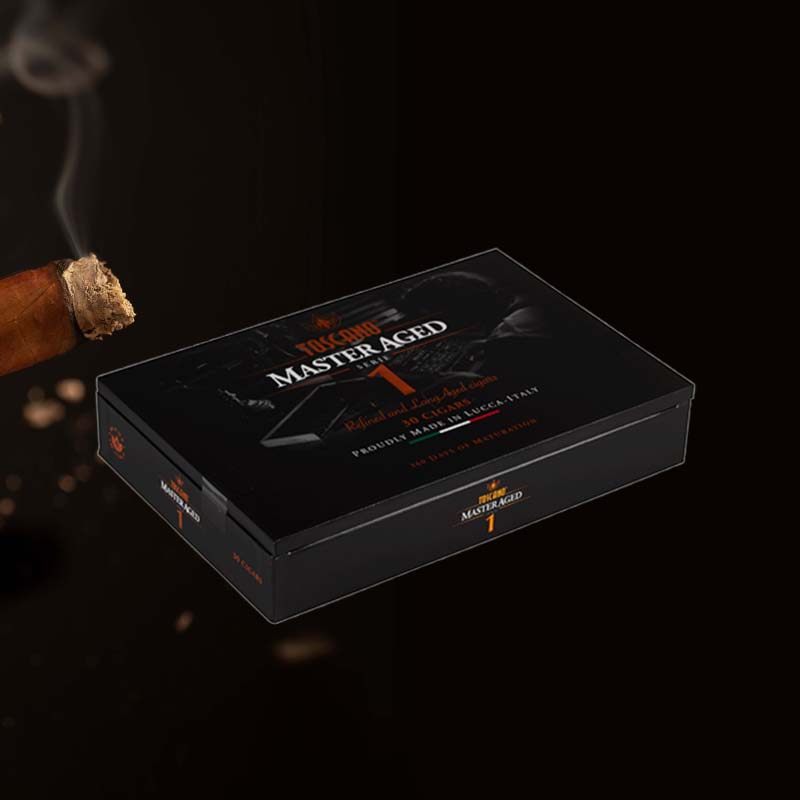
The mechanism of a torch lighter generally involves a fuel tank that releases butane gas, an ignition system that creates a spark, and a nozzle that directs the flame, allowing for easy lighting.
Are there different types of butane for lighters?
Yes, there are variations in butane grades for lighters. Higher-quality butane results in cleaner burns, while lighter fuel may contain impurities.
What are the different types of lighter fuel?
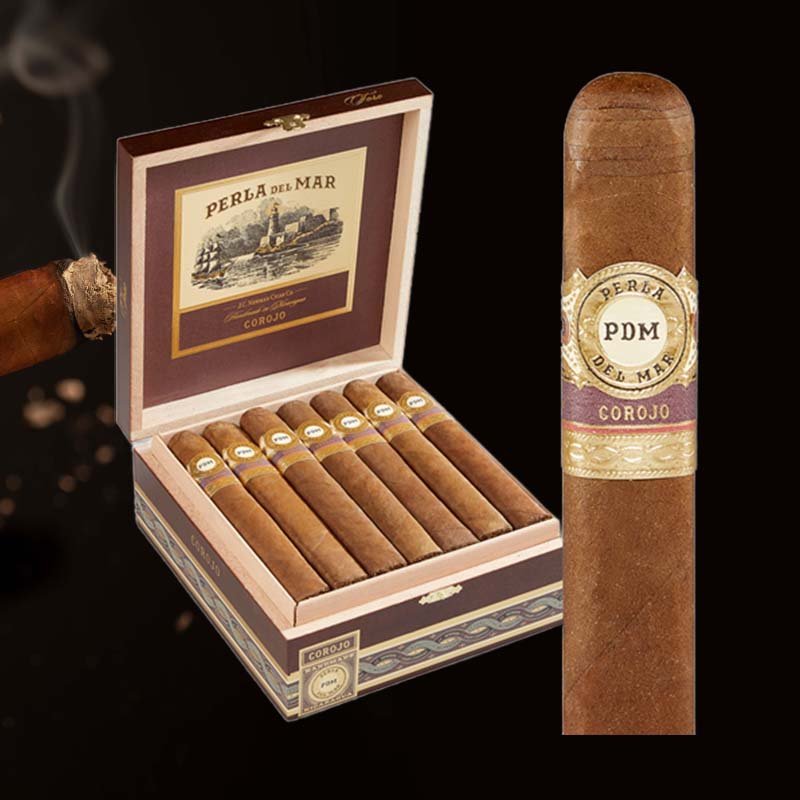
The most common types of lighter fuel include butane gas and lighter fluid. Butane is preferred for torch lighters due to its cleaner, more reliable flame.
How does a butane torch igniter work?
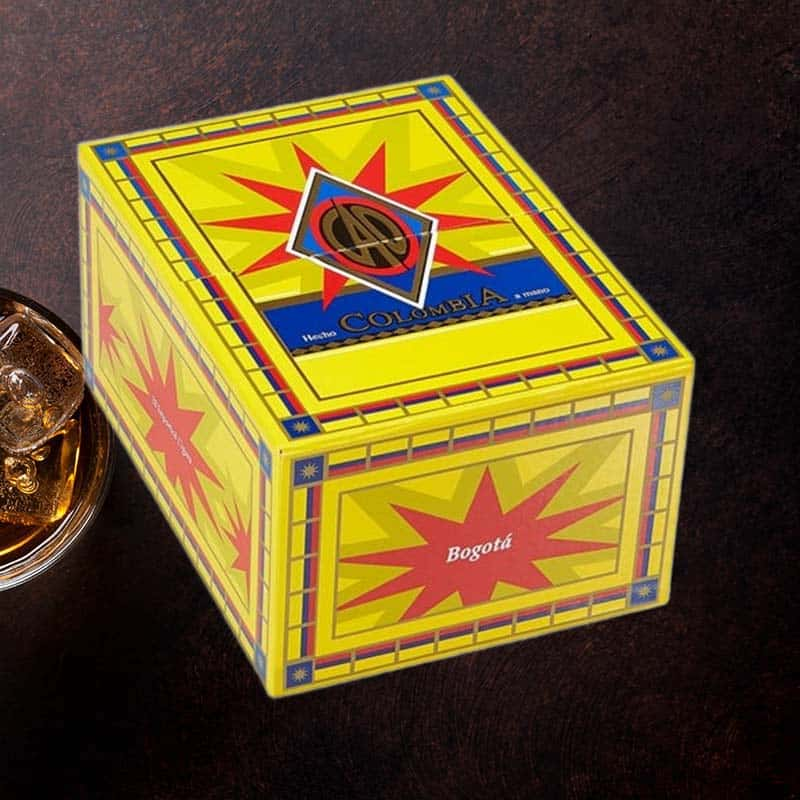
A butane torch igniter works by allowing butane gas to flow through a nozzle, which is then ignited by a spark generated either by a flint wheel or piezoelectric system.
